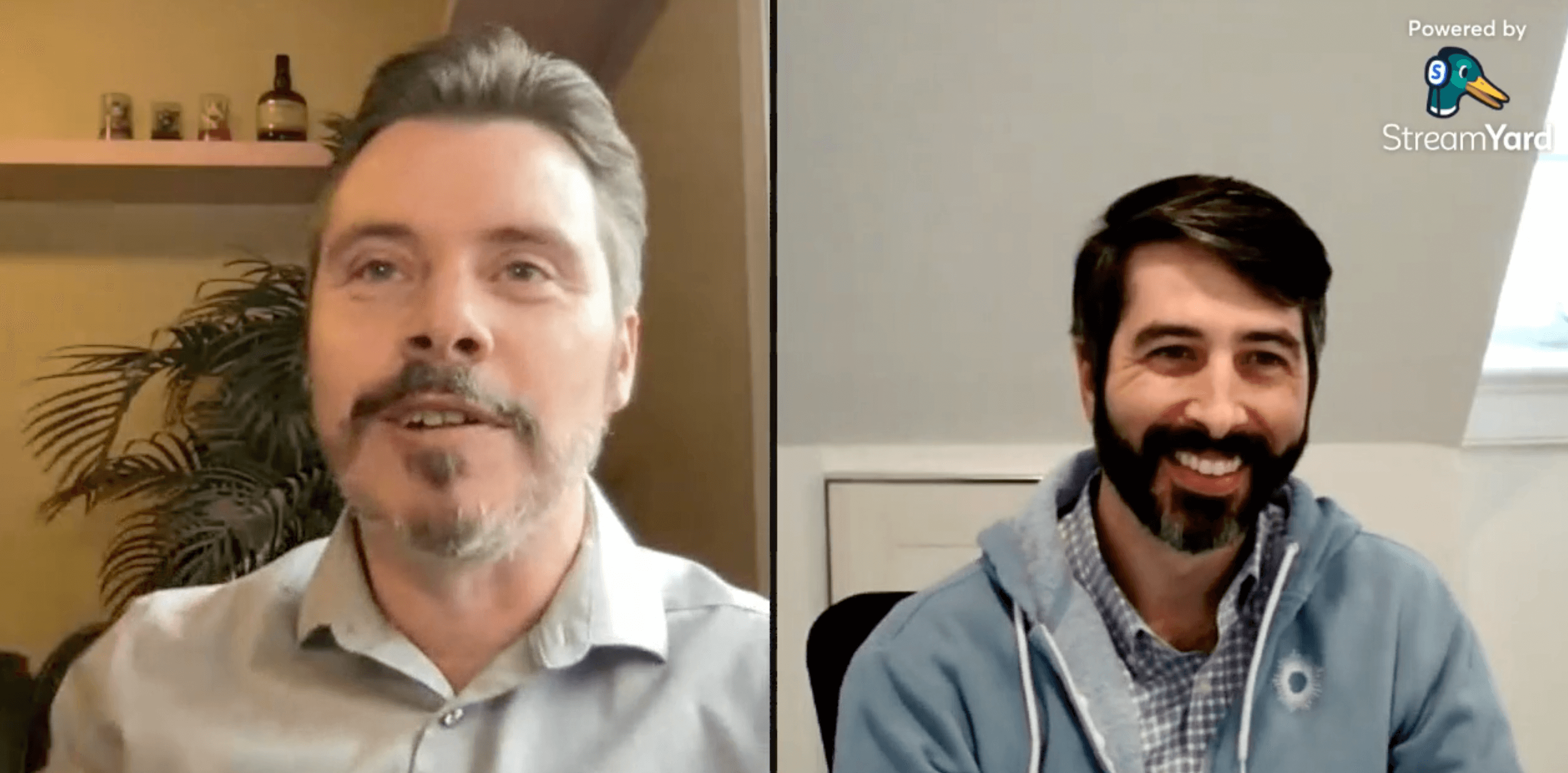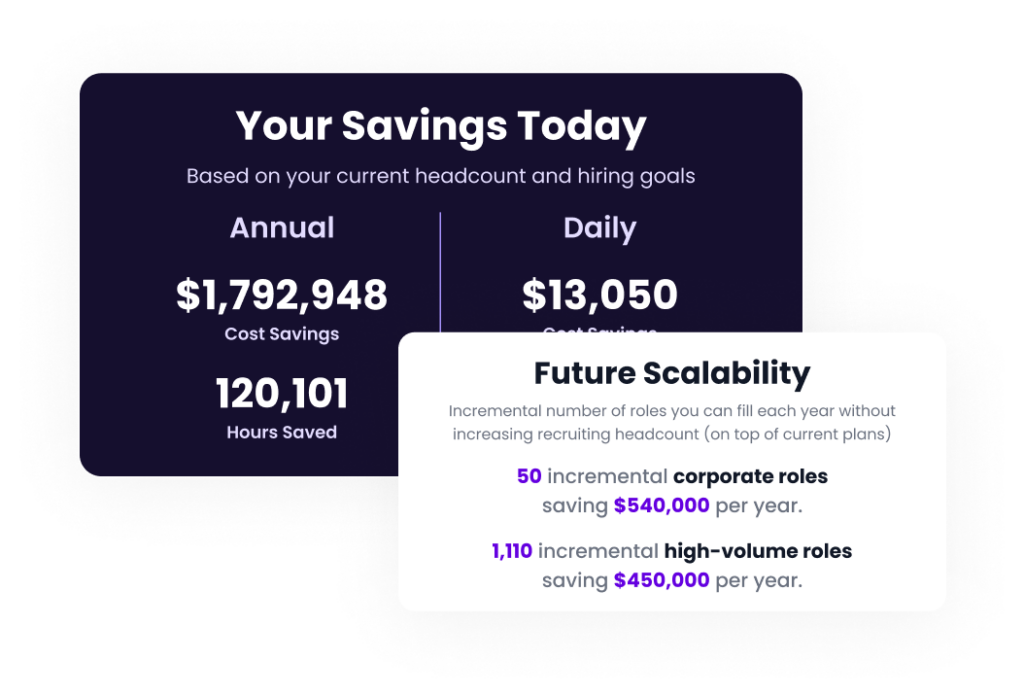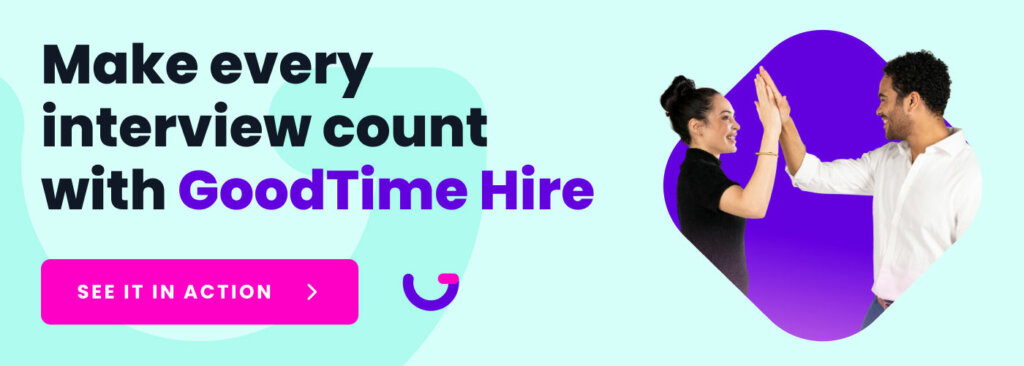A seamless candidate experience has become even more elusive in today’s distance economy, where things move faster than ever. It’s a new world of work, and people use technology to collaborate from anywhere — a change that’s had an enormous impact on the priorities of job seekers.
Now, candidates expect employers to give them the work experience and flexibility they need in order to flourish — and rightfully so.
With so many people experiencing emotional, physical, and financial burdens from the fallout of the pandemic, they’re reevaluating what’s most important to them and starting to put their own needs first. They want to be part of a workplace that is aligned with their values, and where genuine professional connections and holistic support are the norms.
Remote work and virtual hiring have been a monumental shift for talent teams, and organizations that are winning the race for critical talent are now focusing on building candidate relationships throughout every single part of the hiring funnel.
That’s why today’s talent teams need to provide candidates with a flexible, personal experience as well as authentic insight into the company, the role, and the team they’re considering. To help you make the changes that matter, consider how you can focus on the candidate relationship before, during, and after the interview.
How To Create Genuine Candidate Connections Before the Interview
Train Your Talent Teams
Cultivating genuine connections starts long before a candidate’s interview is even scheduled. It starts by training the people who make the first impression on the candidate — the interviewers.
This is critical, and here’s why — an interviewer’s performance is a direct reflection of your company. So, to create genuine connections, train your interviewers on these key practices:
- Always treat candidates with respect and kindness.
- Be attentive when they’re talking so you can better understand their needs.
- Despite hectic schedules, use the interview to truly connect with candidates. Smile and nod to show you’re listening.
- Allow candidates to engage in real conversations about the things that matter to them.
- Help them feel heard and understood by asking them to elaborate or by reiterating what they’ve said.
- To minimize bias, ask open-ended and behavioral-based questions.
- Be transparent, and be prepared to answer questions about topics like culture and pay.
Promote Flexibility and Fairness
Flexibility is at the top of most candidates’ lists. Prove that your company values flexibility by making it a key part of the interview process.
Start by respecting candidates’ time and letting them self-schedule their interview appointments. Automated interview scheduling platforms empower candidates to select their own interview slot and even reschedule, if necessary.
Besides flexible scheduling, here are some other ways to provide a fair, flexible interview process:
- Look for bottlenecks in getting candidates through the process and address candidate dropout. Optimize for efficiency and speed. Can you reduce the number of interviews to speed up the process?
- Candidates may need accommodations —provide options and support for candidates with your interviewing technology.
- Understand when life happens, and candidates need to reschedule.
- Diversify your interview panels. The more trained interviewers on your hiring panel, the more diverse candidates you’ll be able to connect with as they’re able to envision a place for themselves in your organization.
How To Create Genuine Candidate Connections During the Interview
Promote and Enable Authenticity
Will candidates join your company if they feel like they don’t really know what you stand for and what it’s like to work with you? Probably not.
For candidates, transparency in the interview is a reassuring sign. And if you want to win the best talent, honesty, and openness should be the top goals for each interview. To do this:
- Be up-front about potential challenges or deal-breakers. No one likes having their time wasted.
- Foster honest, mutual conversations from the beginning.
- Be open about job requirements and expectations.
- Talk about compensation and benefits early.
- Absolutely no ghosting!
Be Willing To Be Interviewed
Candidates are putting their priorities first, and it’s showing up in interviews — that’s right, they’re interviewing you just as much as you’re interviewing them.
Candidates want meaningful work. So, it should come as no surprise that they’re initiating discussions on wellness benefits, flexibility accommodations, growth opportunities, and DE&I initiatives (a topic that 33% of recruiters say they now get more questions about than in previous years).
And in a competitive job market like this one, you have to bring your A-game. That means welcoming candidates’ questions, and being prepared to answer them thoroughly. Ensure you leave plenty of time in the interview to answer their questions — in more than just a rushed moment at the very end.
How To Create Genuine Candidate Connections After the Interview
Give and Receive Candidate Feedback
The best talent teams build genuine relationships with empathy. And this goes two ways — by understanding the candidate’s perspective, and by giving the candidate helpful feedback.
Hiring teams need to actively assess how their interviews are being perceived by all candidates — whether or not there’s an offer on the table. To do this, create open doors for candidate feedback. Then, use that feedback to examine blind spots and uncover growth opportunities for developing future candidate relationships.
Along with candidate feedback, leverage data to understand and refine your process. Continually making small, incremental changes will have a huge impact over time.
For candidates that did not receive an offer, don’t just quit the relationship after the interview. Continue nurturing genuine connections by providing helpful feedback. Here are some tips:
- Be honest but considerate, giving praise when appropriate.
- Provide helpful tips for future interviews.
- Keep in touch with candidates for future opportunities.
Companies That Put Candidate Relationships First Will Be Hard To Beat
In today’s virtual world, the best hiring teams understand candidate needs while delivering best-in-class experiences.
To create the most efficient, candidate-centric process, use hiring automation to maximize personal touch. With GoodTime, hiring teams can automate time-consuming, low-value tasks so they can focus on candidate relationships, instead.
To learn how GoodTime can help your company turn your talent strategy into a winning experience book a demo today.








